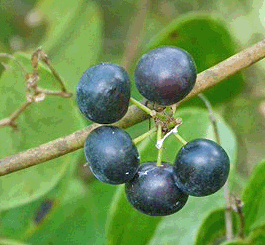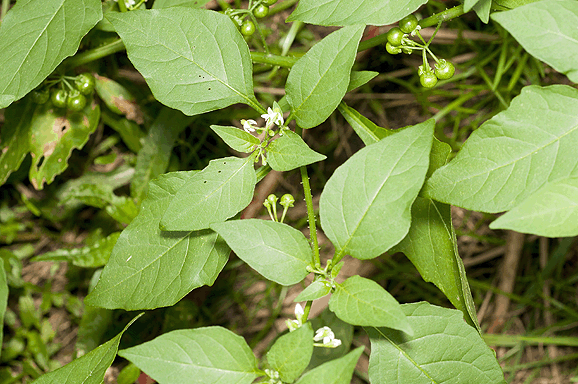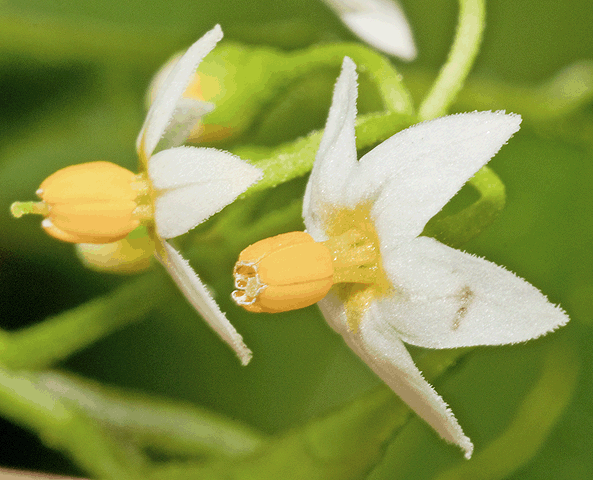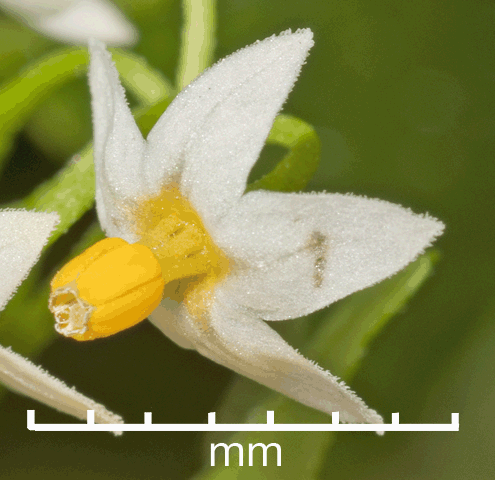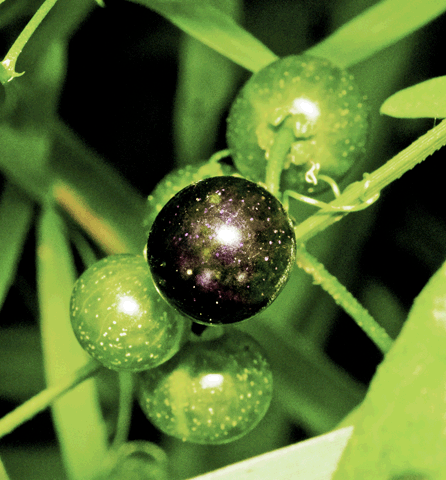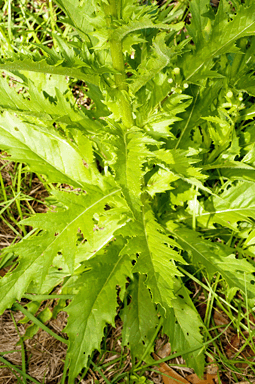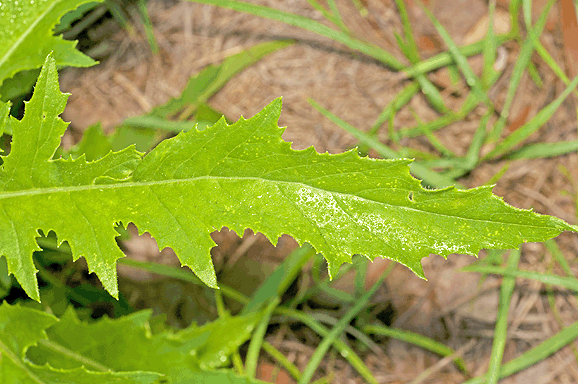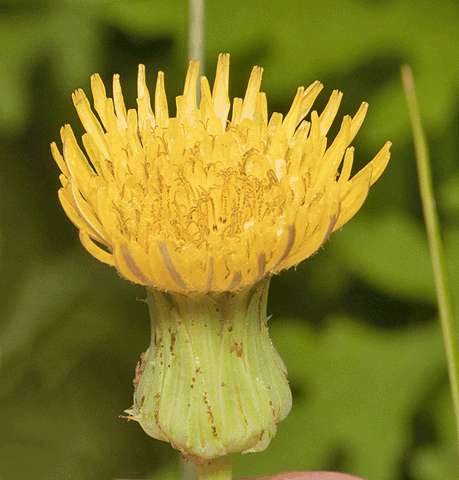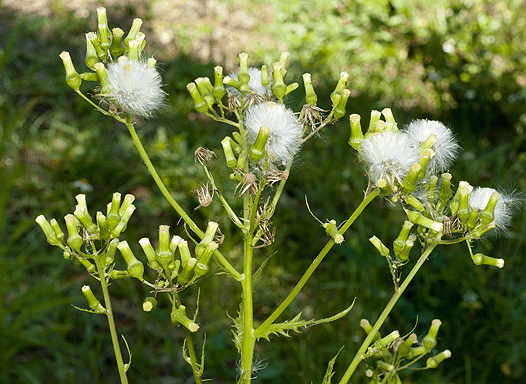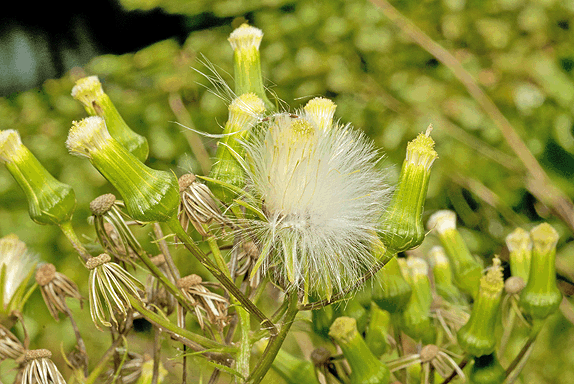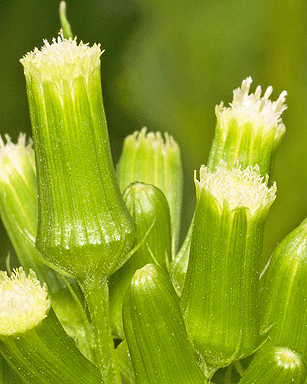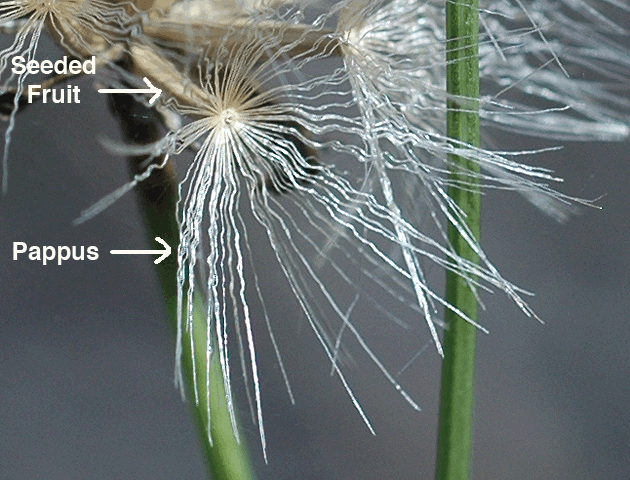Schefflera actinophylla thru Sonchus oleraceus
Species Name |
Common Name |
Schefflera actinophylla |
|
Schinus terebinthefolius |
|
Selenicereus pteranthus |
|
Senna occidentalis |
|
Senna pendula var. glabrata |
|
Serenoa repens |
|
Serenoa repens |
|
Setaria sp. |
|
Sida cordifolia |
|
Sida rhombifolia |
|
Sideroxylon foetidissimum |
|
Sideroxylon salicifolium |
|
Simarouba glauca |
|
Smilax auriculata |
|
Smilax bona-nox |
|
Solanum americanum |
|
Sonchus oleraceus |
Schefflera actinophylla Schefflera / Umbrella tree
|
Schinus terebinthefolius Brazilian Pepper
|
Selenicereus pteranthus Princess of the Night / Snake Cactus
|
Senna occidentalis Septicweed / Coffee Senna
|
Senna pendula var. glabrata Climbing Cassia
|
Serenoa repens Saw Palmetto
|
Serenoa repens Saw Palmetto Silver Variety
|
Setaria sp. Bristlegrass / Foxtail
|
Sida cordifolia Llima / Flannel Weed
|
Sida rhombifolia Indian Hemp / Cuban Jute
|
Sideroxylon foetidissimum False Mastic
|
Sideroxylon salicifolium Willow-Bustic / White Bully
|
Simarouba glauca Paradise Tree
|
Smilax auriculata Earleaf Greenbrier / Catbrier
As shown in first two photographs below, the flowers are tiny (6 to 10 mm in diameter), green, fragrant, and arranged in an umbel (cluster of flowers with stalks of nearly equal length that spring from the same point). The umbel is positioned at the junction of the stem and the leaf. The umbel stalk is 1.5 times the length of a leaf petiole. As shown in the last photograph, the fruits look like clusters of small grapes, each berry has two to three seeds.
|
Smilax bona-nox Saw Greenbrier / Catbrier
|
Solanum americanum American Nightshade
|
Sonchus oleraceus Common Sowthistle
|
© Photographs and text by Susan Leach Snyder (Conservancy of Southwest Florida Volunteer), unless otherwise credited above.

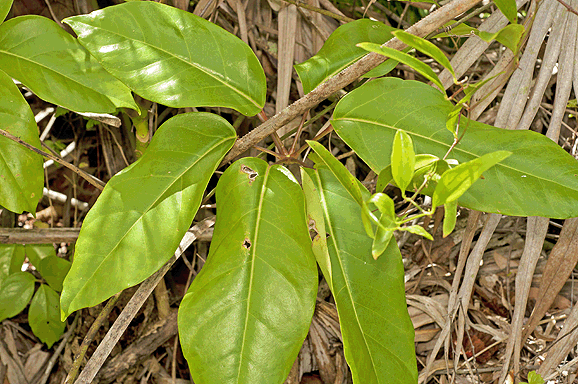
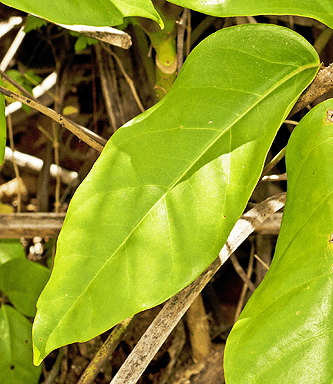
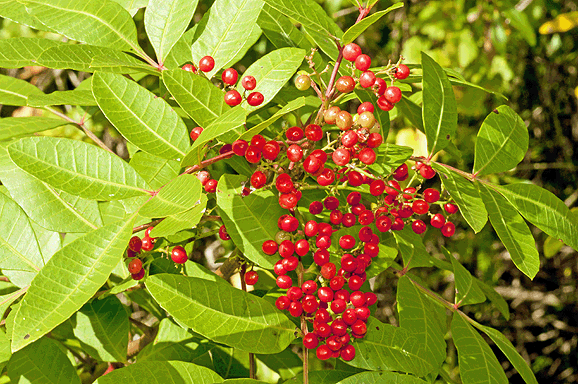
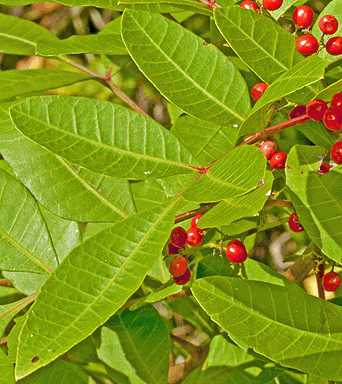
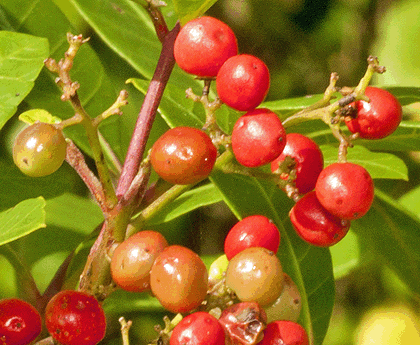
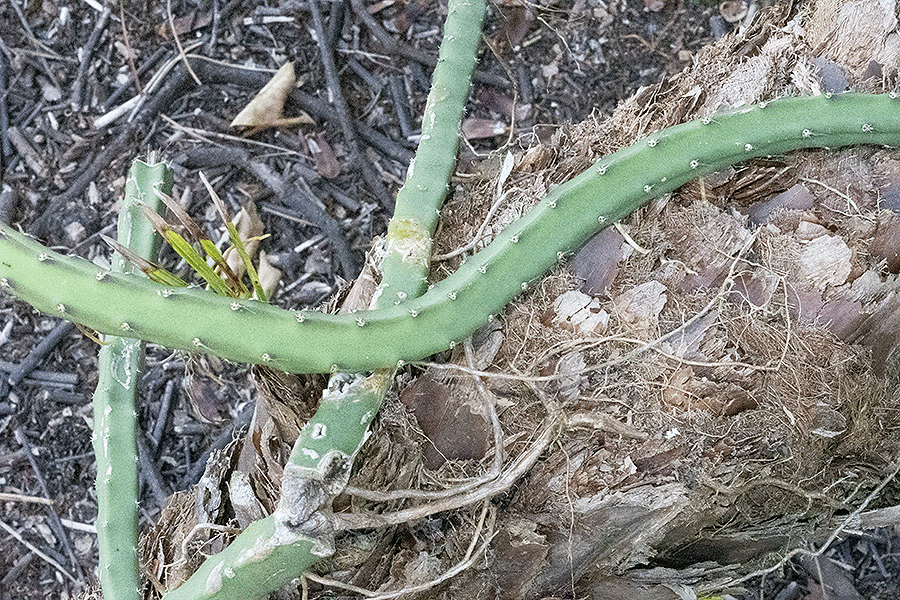

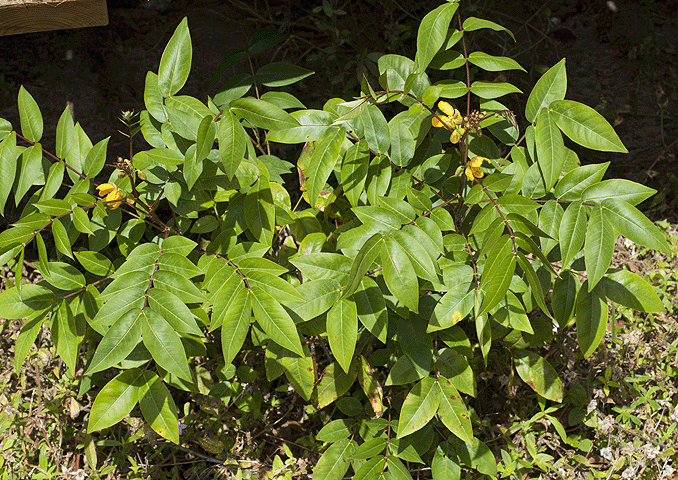 On March 6, 2012, the plant in these photographs was growing adjacent to the elevated road in the Smith Preserve. Its identity was confirmed from these photographs by Roger Hammer, author of Florida Keys Wildflowers and Everglades Wildflowers on April 6, 2014.
On March 6, 2012, the plant in these photographs was growing adjacent to the elevated road in the Smith Preserve. Its identity was confirmed from these photographs by Roger Hammer, author of Florida Keys Wildflowers and Everglades Wildflowers on April 6, 2014. 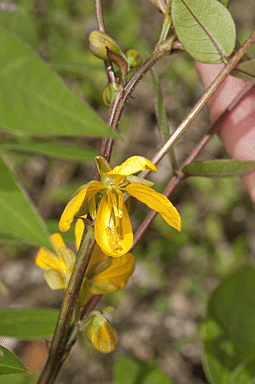 Senna occidentalis is a non-native, annual or short-lived perennial member of Family Fabaceae (The Pea Family). The plant grows to a height of 2 m. Leaves are compound, with 4 or more pairs of lanceolate leaflets. Each leaflet is 2 to 9 cm long and 2 to 3 cm wide with a sharp apex. A gland is located close to the base of the leaf stalk.
Senna occidentalis is a non-native, annual or short-lived perennial member of Family Fabaceae (The Pea Family). The plant grows to a height of 2 m. Leaves are compound, with 4 or more pairs of lanceolate leaflets. Each leaflet is 2 to 9 cm long and 2 to 3 cm wide with a sharp apex. A gland is located close to the base of the leaf stalk. 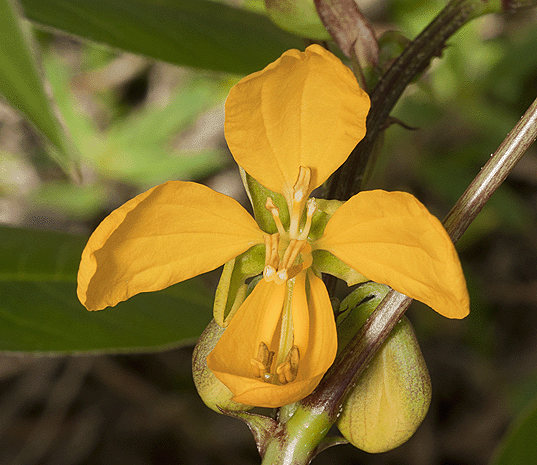 Flower sepals are green and petals are yellow. As shown in the last photograph, seed pods are dark brown. Seeds are brown, 4 to 5 mm long, and flattened at both ends. In Senegal, western Africa the seeds are roasted and used as a substitute for coffee.
Flower sepals are green and petals are yellow. As shown in the last photograph, seed pods are dark brown. Seeds are brown, 4 to 5 mm long, and flattened at both ends. In Senegal, western Africa the seeds are roasted and used as a substitute for coffee. 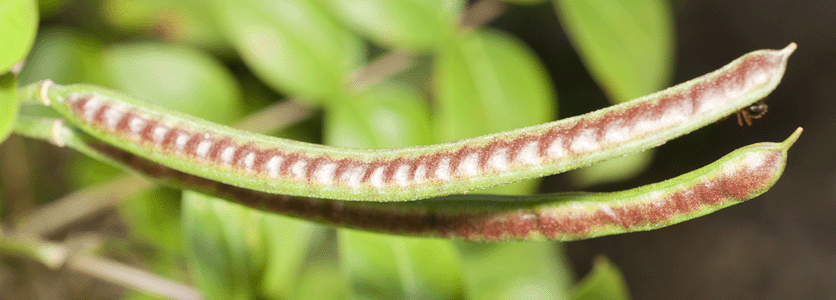 Although the plant has been purported to be poisonous to cattle, leaves of the plant have been used in the diet of the Maldives for centuries and as a medicinal plant to treat ringworm.
Although the plant has been purported to be poisonous to cattle, leaves of the plant have been used in the diet of the Maldives for centuries and as a medicinal plant to treat ringworm. 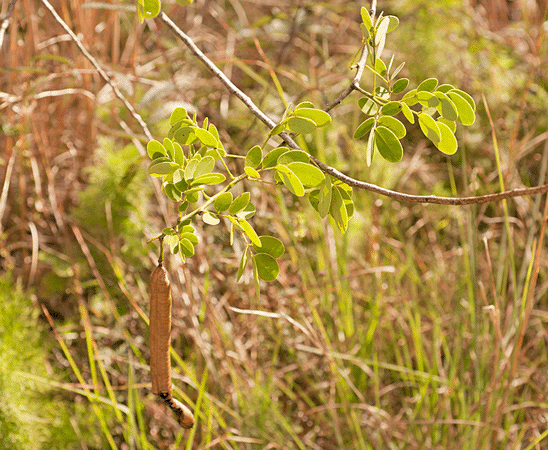
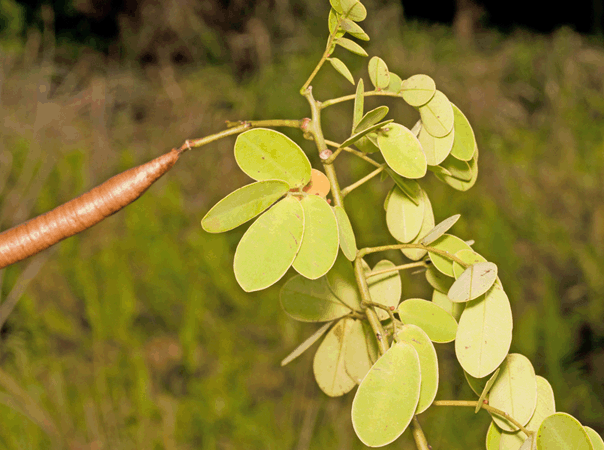 On February 10, 2018 this plant was observed to be growing along the western berm of the temporary pond in the Smith Preserve. The distinctive leaves and beans were used by the webmaster to identify the plant as the invasive Category I Climbing Cassia.
On February 10, 2018 this plant was observed to be growing along the western berm of the temporary pond in the Smith Preserve. The distinctive leaves and beans were used by the webmaster to identify the plant as the invasive Category I Climbing Cassia. 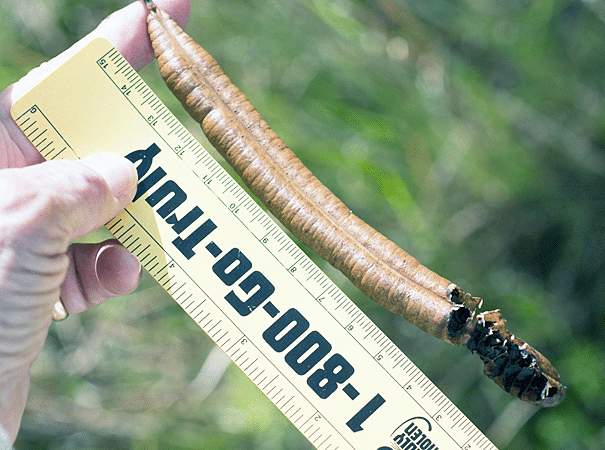 Climbing cassia is native to tropical South America, particularly Brazil and Paraguay. It is an erect or sprawling shrub growing 2 to 4 meters tall. Its stems have many branches and its once-compound leaves have 3 to 6 pairs of leaflets with rounded tips and prominent yellowish margins. Leaflets are 1 to 5 cm long and 5 to 20 mm wide.
Climbing cassia is native to tropical South America, particularly Brazil and Paraguay. It is an erect or sprawling shrub growing 2 to 4 meters tall. Its stems have many branches and its once-compound leaves have 3 to 6 pairs of leaflets with rounded tips and prominent yellowish margins. Leaflets are 1 to 5 cm long and 5 to 20 mm wide. 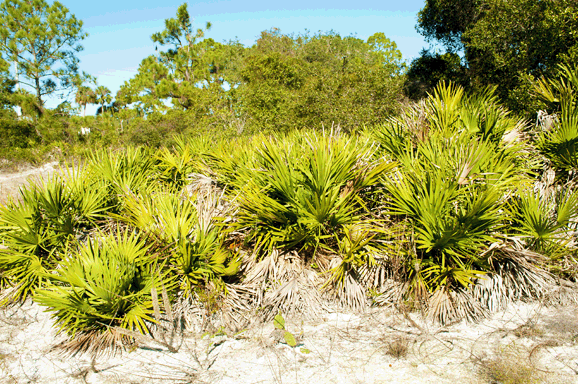

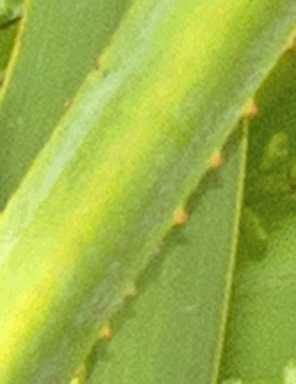 Serenoa repens
Serenoa repens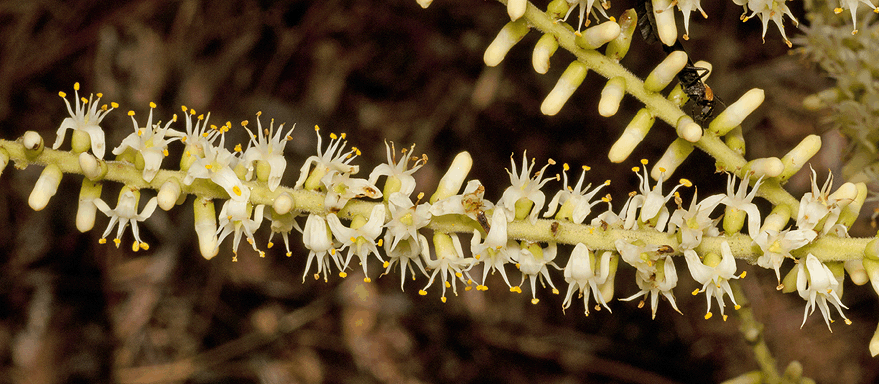
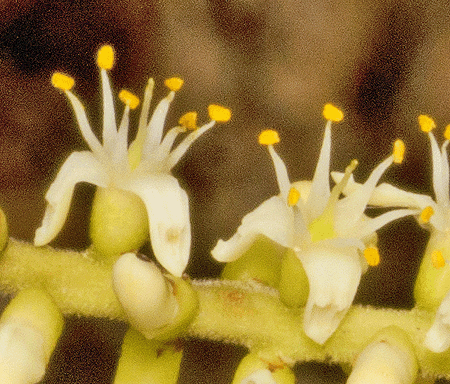
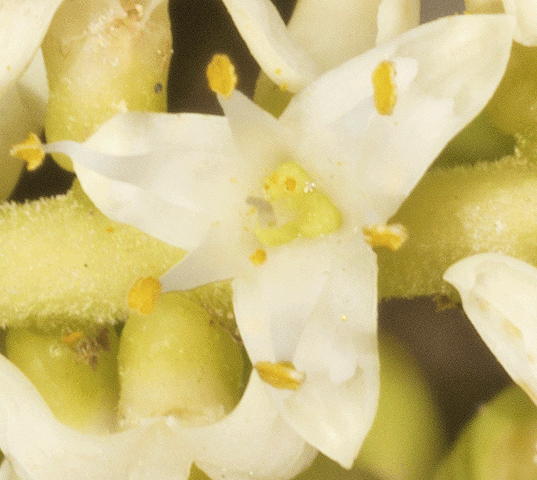
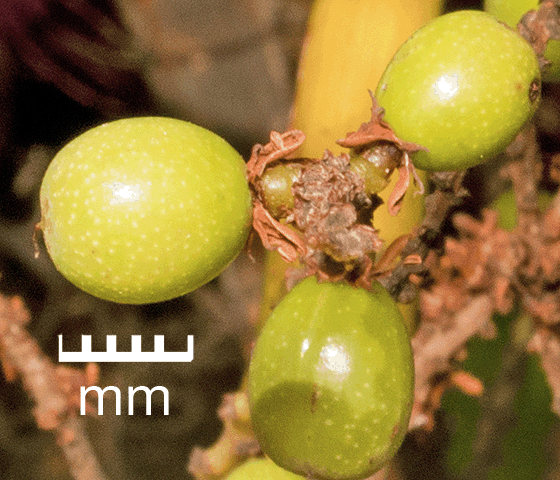

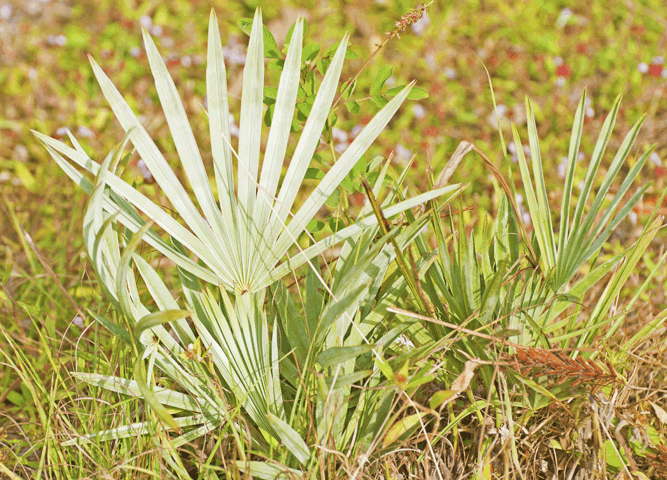
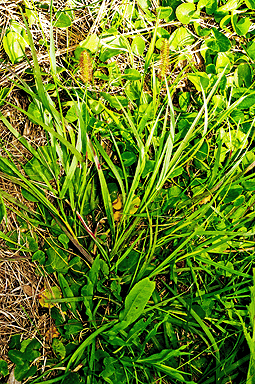
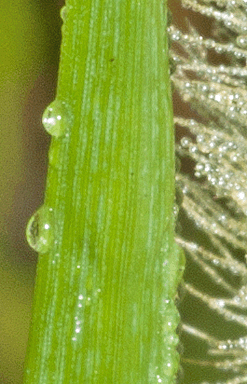

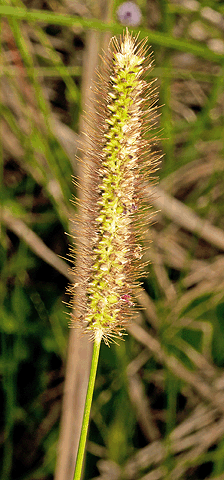
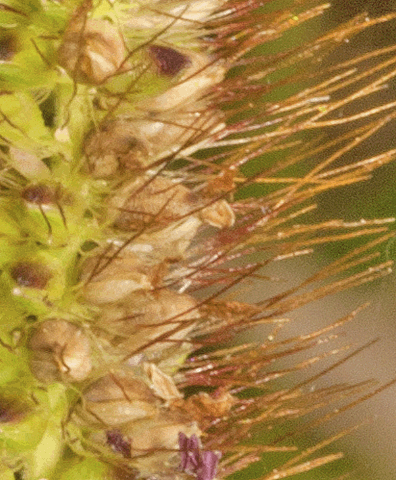
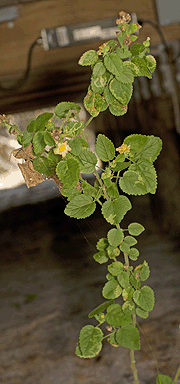
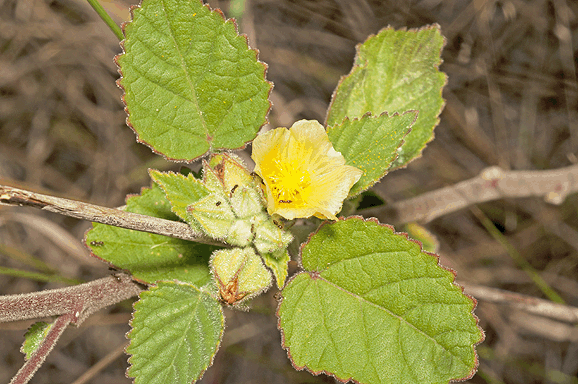
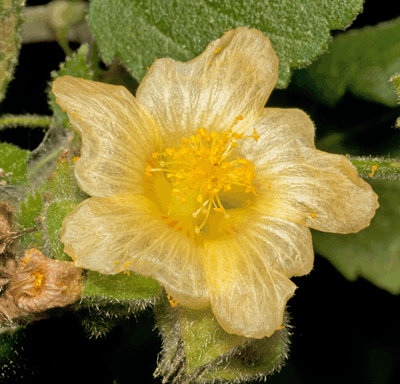
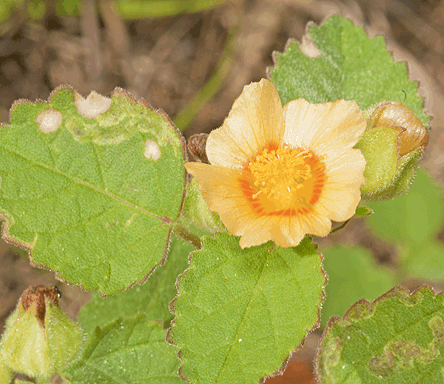
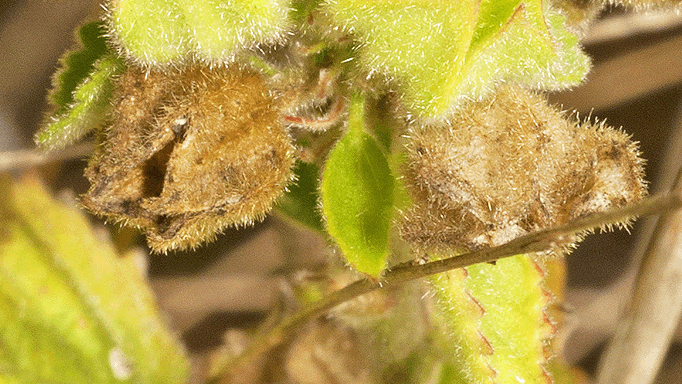
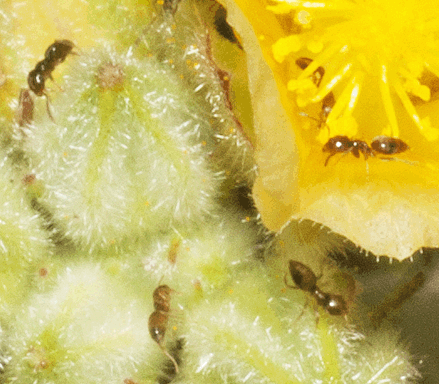
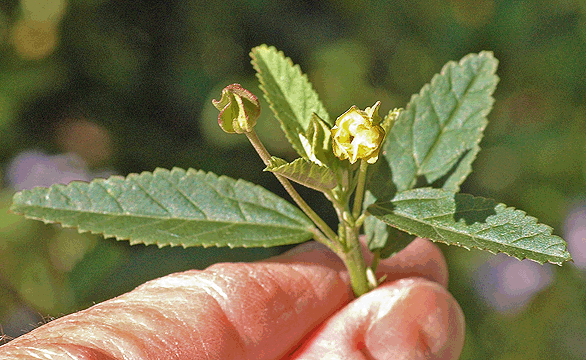
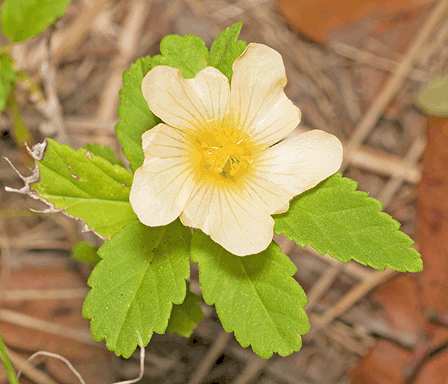
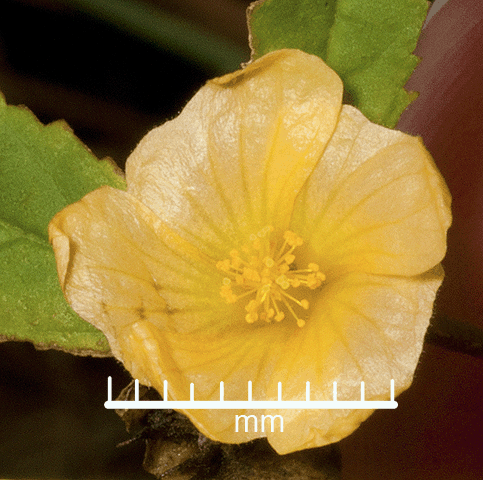 Sida rhombifolia is a native, short-lived perennial, subshrub in the Family Malvaceae (The Mallow Family). It grows in disturbed areas to a height of 50 to 120 centimeters. It has erect to sprawling branched stems with woody lower sections, and a taproot with many lateral roots.
Sida rhombifolia is a native, short-lived perennial, subshrub in the Family Malvaceae (The Mallow Family). It grows in disturbed areas to a height of 50 to 120 centimeters. It has erect to sprawling branched stems with woody lower sections, and a taproot with many lateral roots.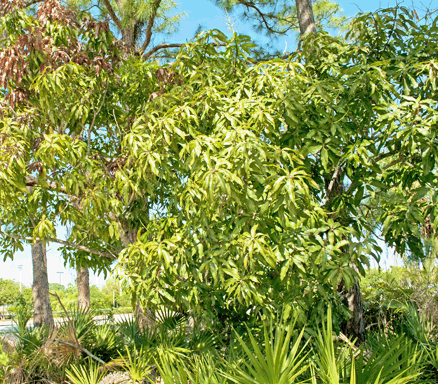
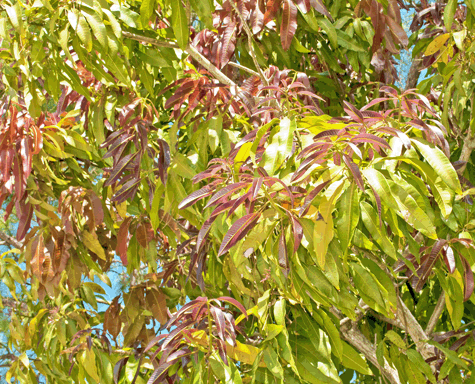
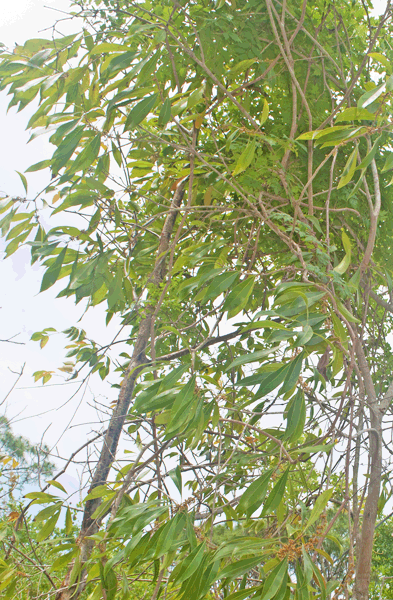
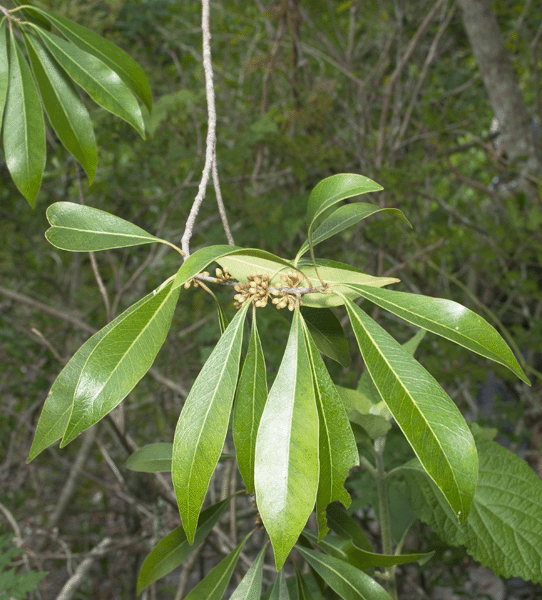
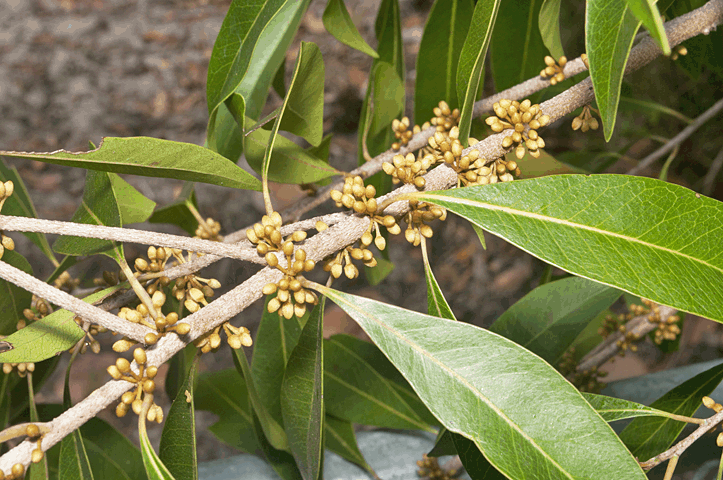
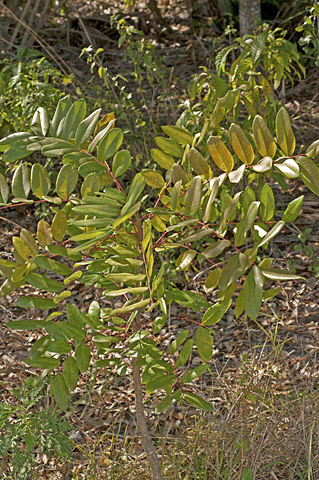
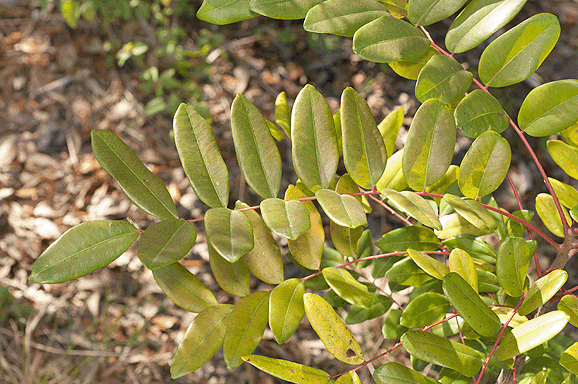
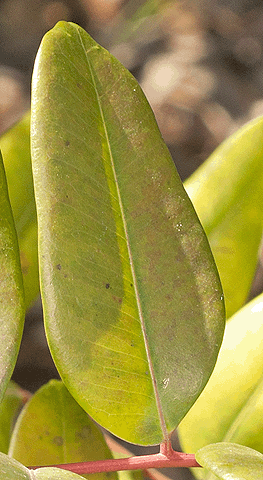 As shown in these photographs, leaves are pinnately compound. They are 40.6 cm long with shiny, leathery, oblong leaflets. As shown in the third photograph, young leaflets have a reddish color, as do the stems. This young tree, photographed in the Smith Preserve, was planted in 2013. Mature trees grow along the Lagoon Trail at the Conservancy of Southwest Florida.
As shown in these photographs, leaves are pinnately compound. They are 40.6 cm long with shiny, leathery, oblong leaflets. As shown in the third photograph, young leaflets have a reddish color, as do the stems. This young tree, photographed in the Smith Preserve, was planted in 2013. Mature trees grow along the Lagoon Trail at the Conservancy of Southwest Florida.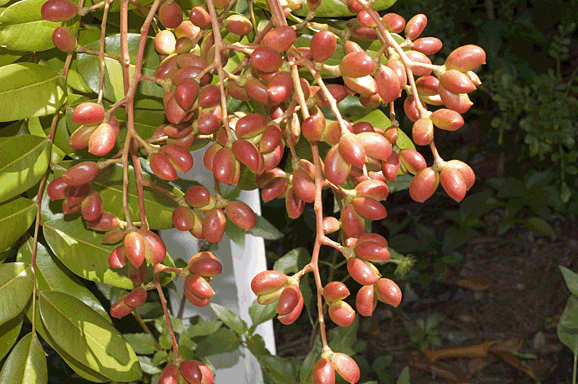 A mature tree grows 12 to 15 meters tall and has a span of 7.6 to 9 meters. It produces yellow flowers and oval, purple-red, fleshy fruits that attract birds. Seeds produce an edible oil. Photograph 4 was taken of fruits on trees along the Lagoon Trail.
A mature tree grows 12 to 15 meters tall and has a span of 7.6 to 9 meters. It produces yellow flowers and oval, purple-red, fleshy fruits that attract birds. Seeds produce an edible oil. Photograph 4 was taken of fruits on trees along the Lagoon Trail. 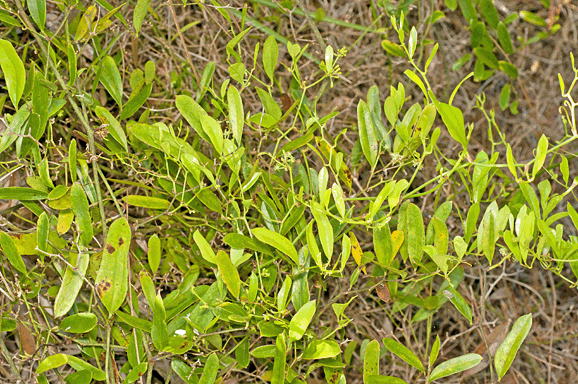
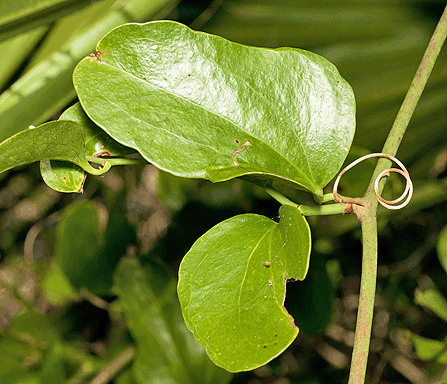

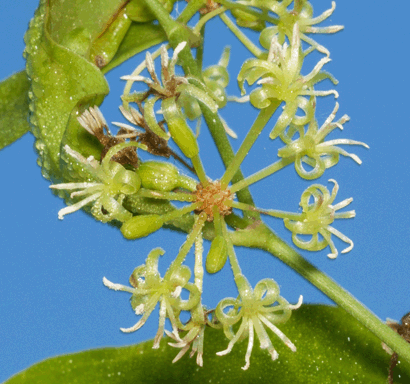
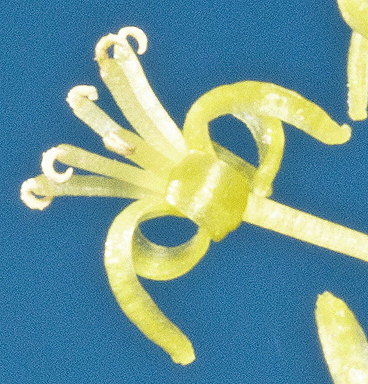


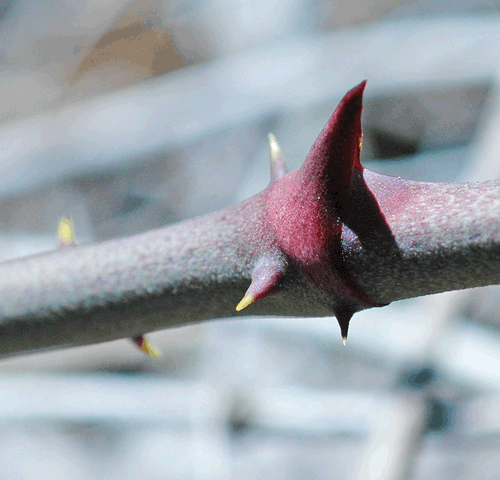
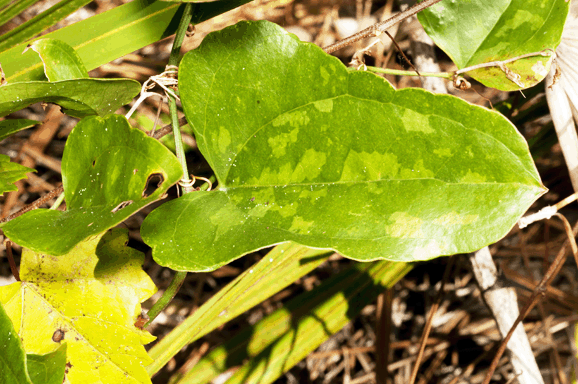
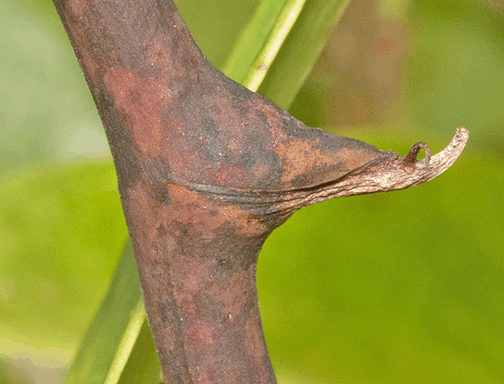 Smilax bona-nox
Smilax bona-nox 